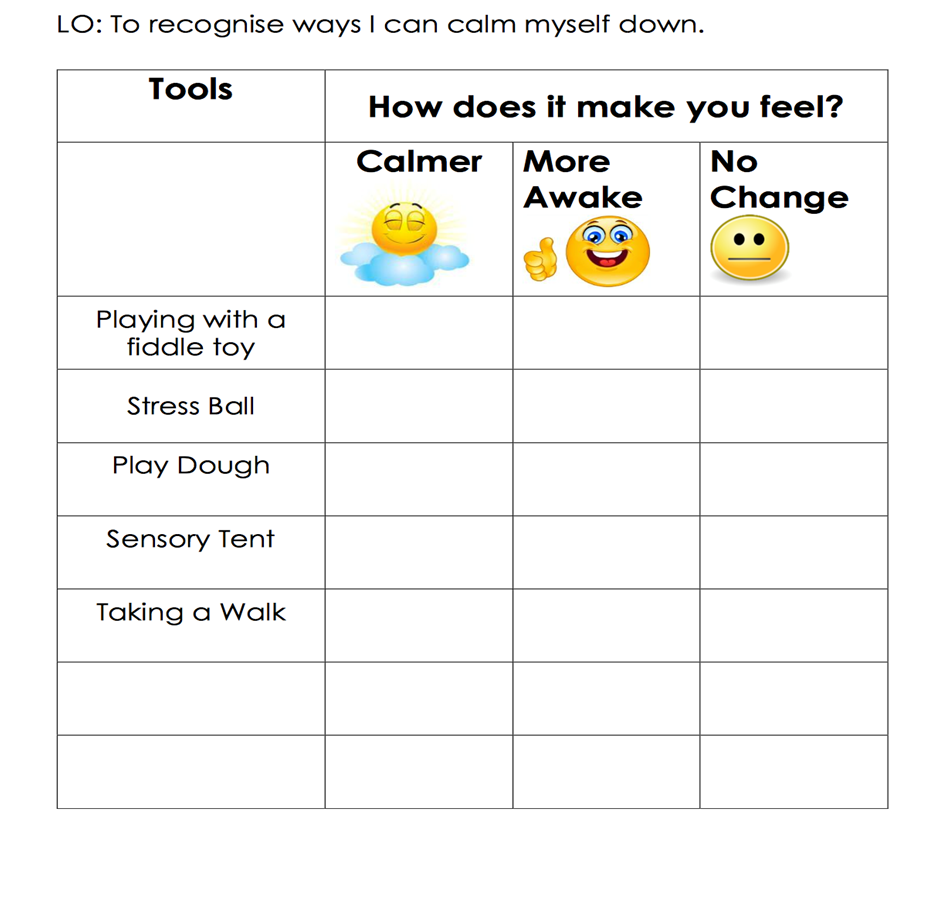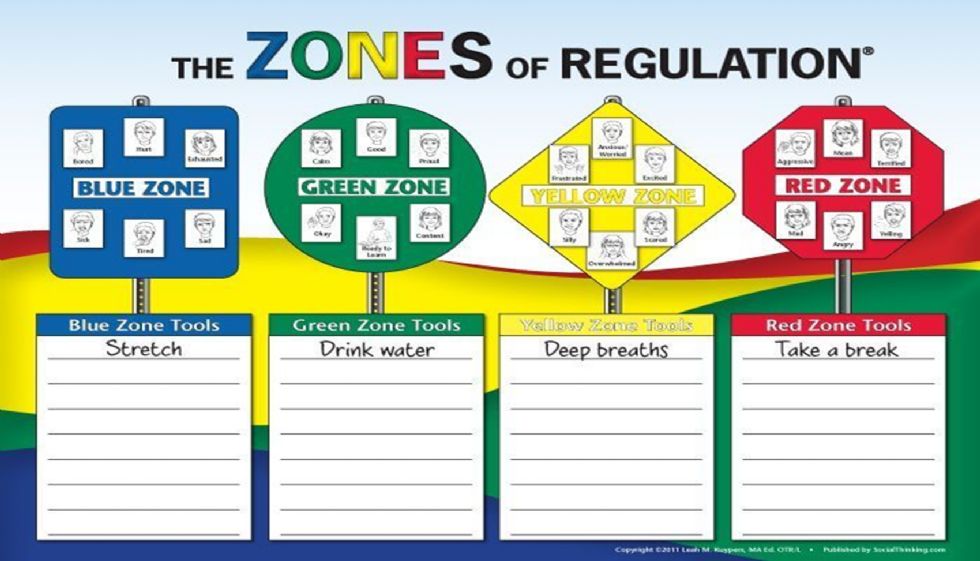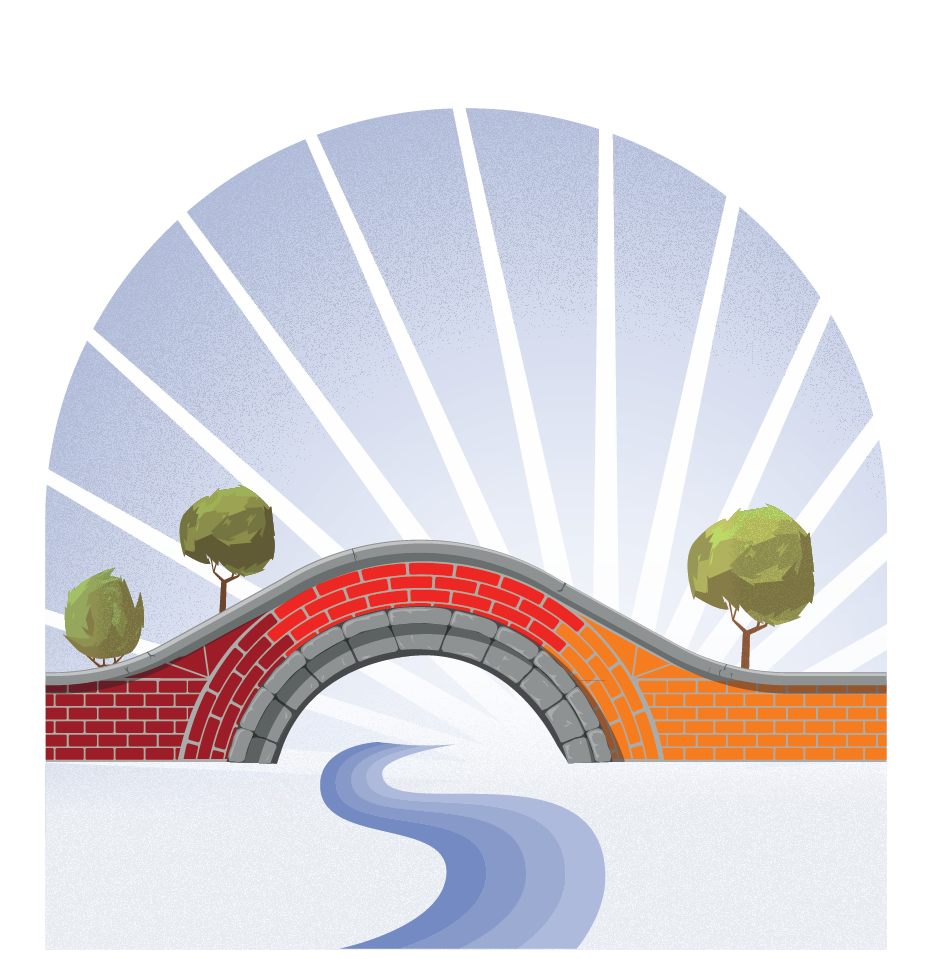Zones of Regulation
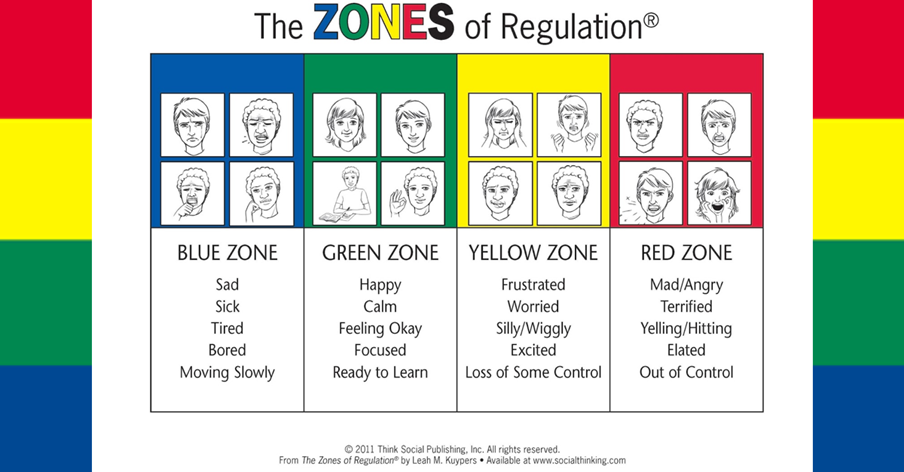
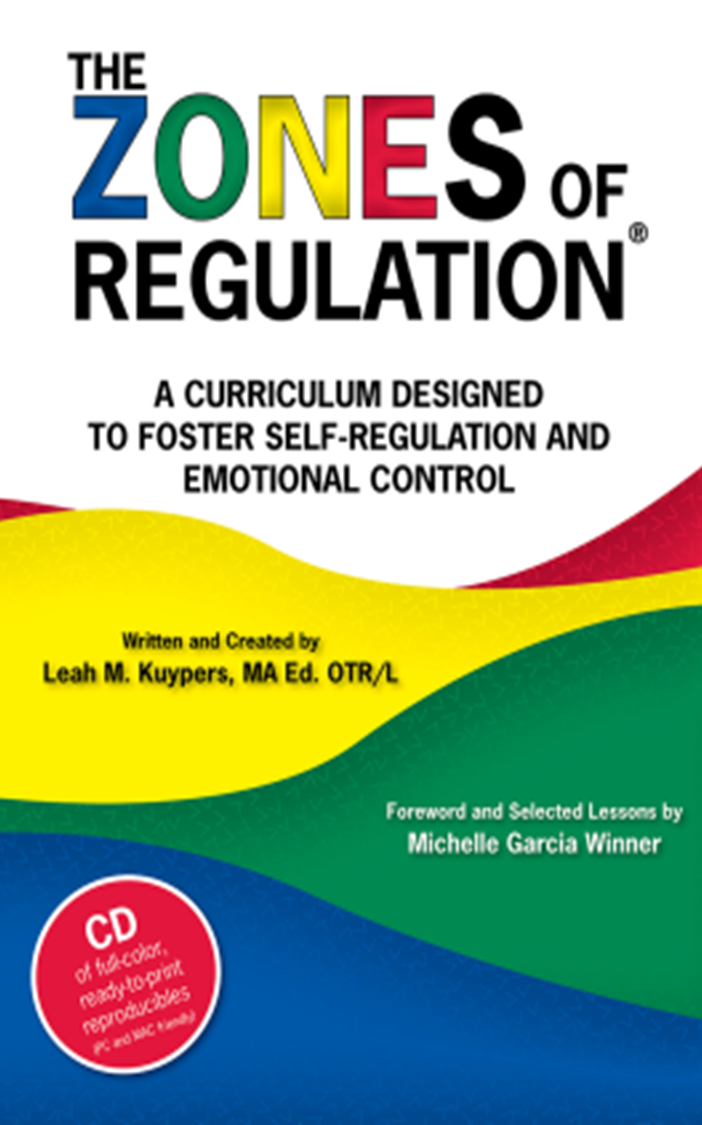 They create a system to categorise how the body feels and emotions into four coloured zones with which the students can easily identify.
They create a system to categorise how the body feels and emotions into four coloured zones with which the students can easily identify.The curriculum’s learning activities are designed to help students recognise when they are in different states called “zones,” with each of four zones represented by a different colour. In the activities, students also learn how to use strategies or tools to stay in a zone, or move from one to another.

The Zones can be compared to traffic signs:
- When given a green light or in the Green Zone, one is “good to go”.
- A yellow sign means be aware or take caution, which applies to the Yellow Zone.
- A red light or stop sign means stop! When you are in the Red Zone, this is often the case.
- The Blue Zone can be compared to the rest area signs where one goes to rest or re-energise.
All students have a 'Zones of Regulation'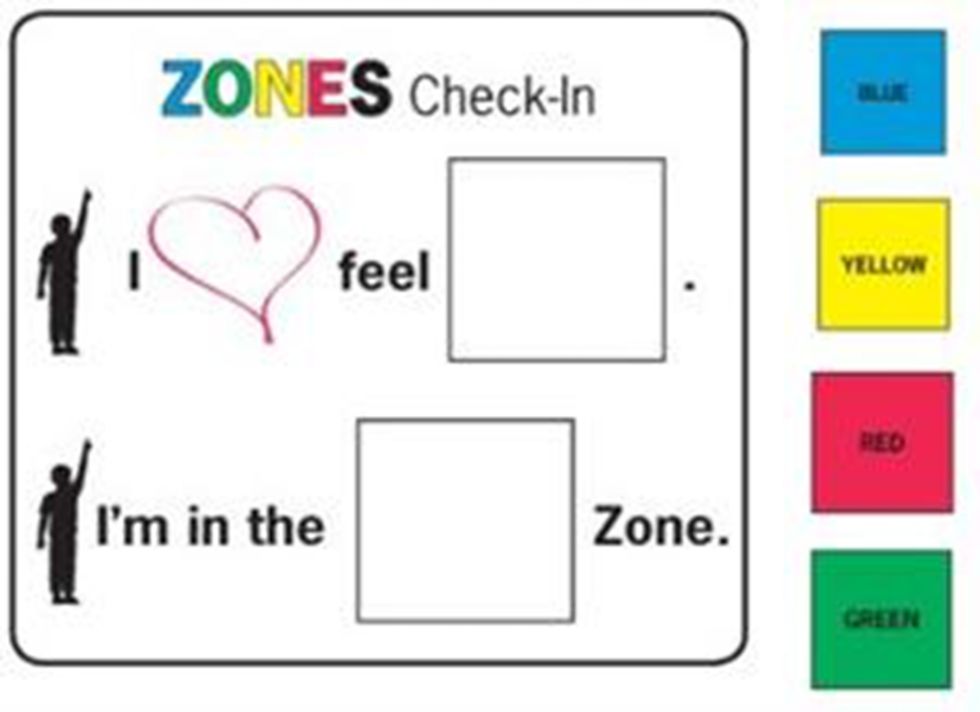 Check-in system - How this looks will vary from class to class.
Check-in system - How this looks will vary from class to class.
The check-in system allows students to tell us how they are feeling, without having to do this verbally. They can change their zone card whenever they feel they have changed into a different zone.
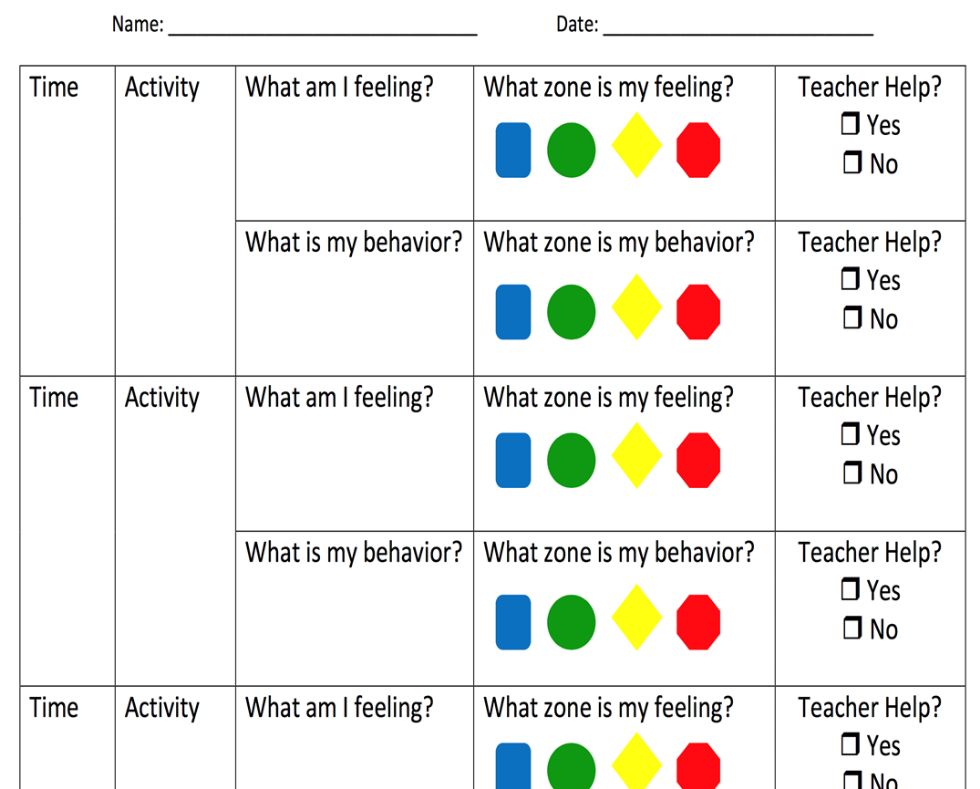 Students can check in throughout the day. This can be a good indicator of how the students feel about certain times of the day, and you can see when they feel triggered.
Students can check in throughout the day. This can be a good indicator of how the students feel about certain times of the day, and you can see when they feel triggered.
Students identify tools which help them to self-regulate and get back into the green zone.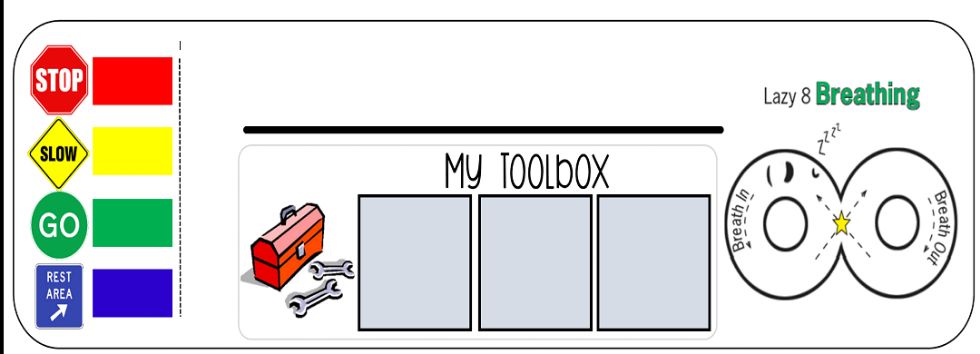 The green zone is used to describe a calm state of alertness. A person may be described as happy, focused, content, or ready to learn when in the Green Zone.
The green zone is used to describe a calm state of alertness. A person may be described as happy, focused, content, or ready to learn when in the Green Zone.
This is the zone where optimal learning occurs.
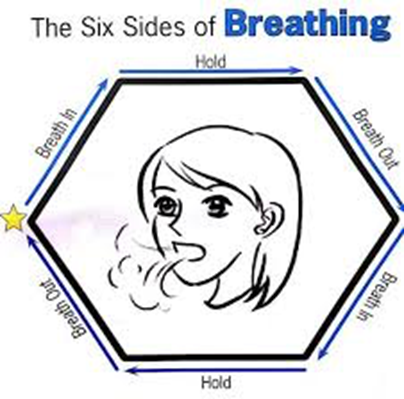
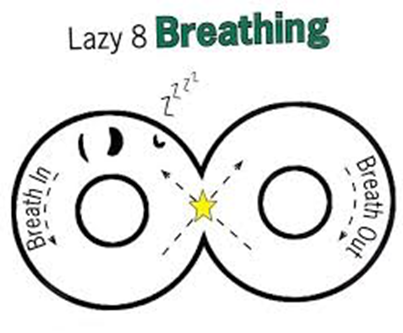 Students can self-identify what helps them to calm down when they are feeling in the red or yellow zone.
Students can self-identify what helps them to calm down when they are feeling in the red or yellow zone.
